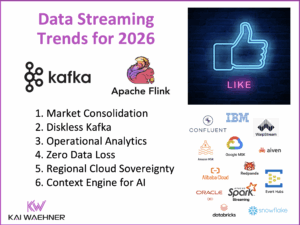Progress Report from CamelOne 2012 in Boston (Apache Camel, ActiveMQ, ServiceMix, CXF)
This week, I was at CamelOne 2012 in Boston, organized by FuseSource. Sessions covered several open source projects such as Apache Camel, Apache ServiceMix, Apache ActiveMQ, and Apache CXF. Attendees learned directly from their peers and other industry experts how open source can deliver measurable technical and business benefits to their organizations.





